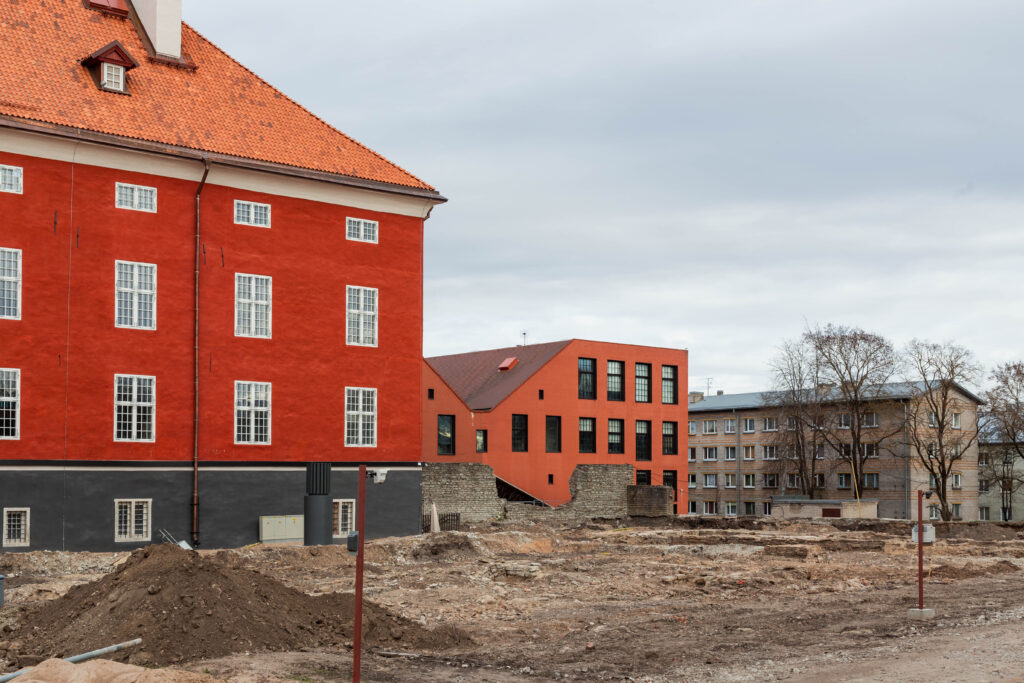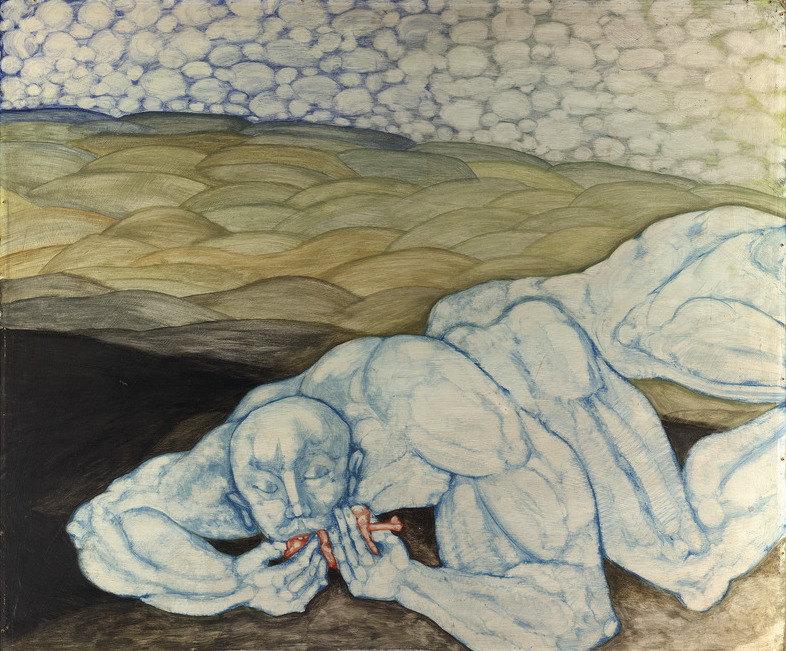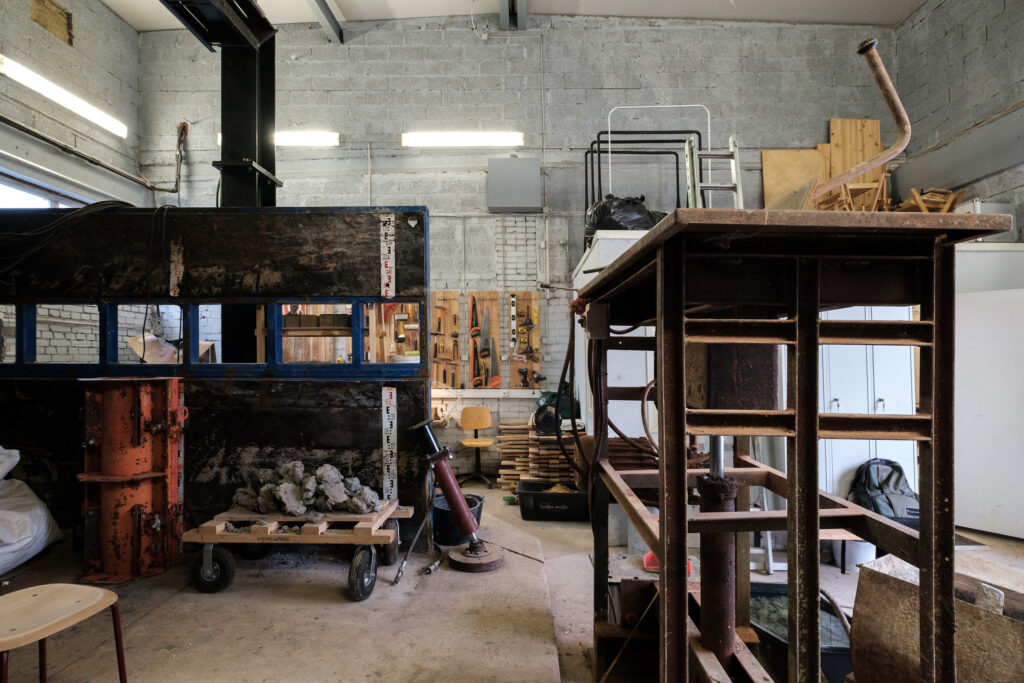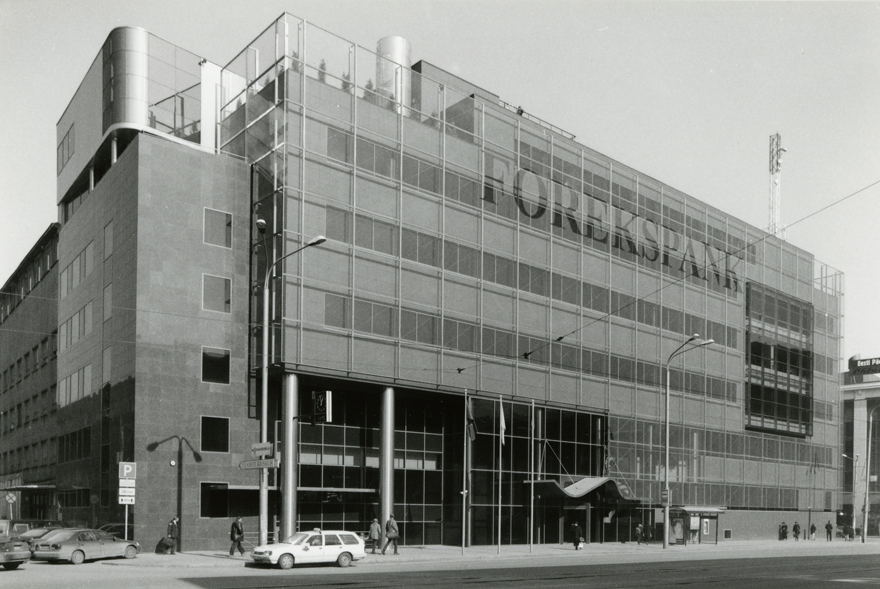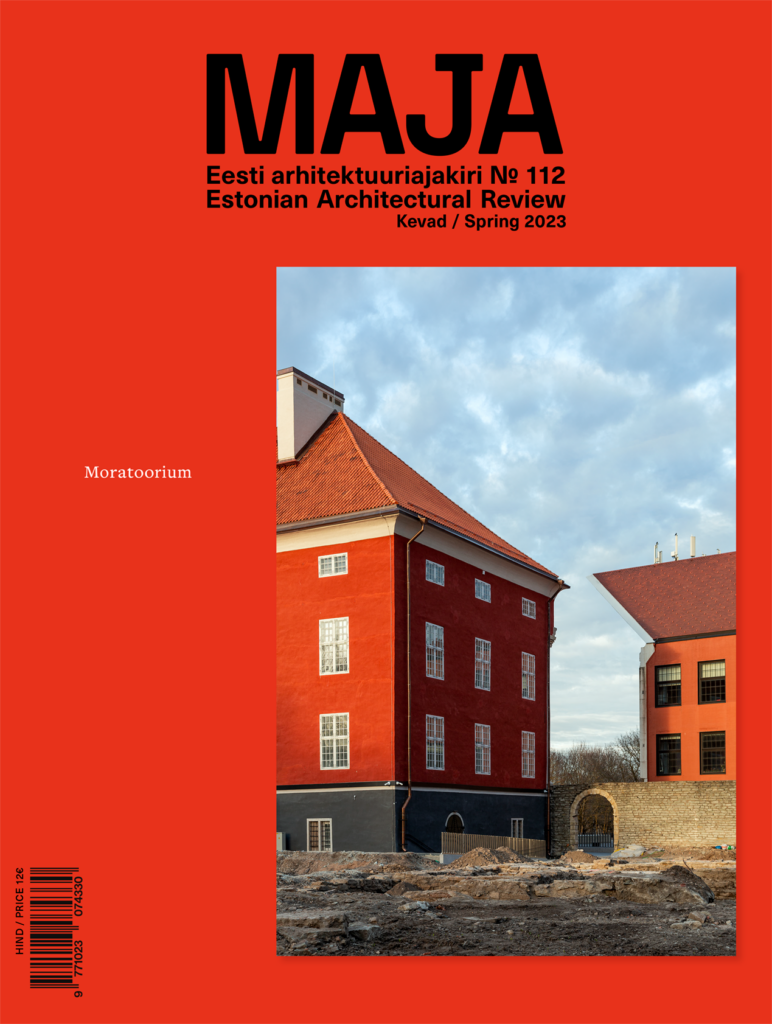Spring 2023: Moratorium
The expiration of a building’s service life does not mean the building has exhausted itself, say Simo Ilomets and Anni Martin. They see the renovation of Estonia’s ageing housing stock and the reuse of building material as a technical as well as a creative challenge where architects’ involvement is essential.
For many years, a dumb witness to the rich history and architecture of Narva on the wasteland bordered with Soviet brick apartment buildings, the Town Hall of Narva is about to be revived, Madis Tuuder accounts.
Any kind of construction must be stopped. Based on her Master’s thesis ‘30 Years of Pause. Research about doing not’ that she defended at the Eesti Kunstiakadeemia / Estonian Academy of Arts in 2021, Ulla Alla asks, "Is it enough already?"
The responsibility of the architect in sustainable use of natural resources should not be underestimated as construction is directly related to the transformation of the material taken from the ground according to the design drawn by the architect. Architecture from the perspective of limited resources, writes Roland Reemaa, will be faced with several challenges that are directly related to the origin of raw materials.
Dagnija Smilga, a founder of the Latvian architecture office Ēter, discusses the project for a single-family house that was halted in the early 2000s, but is now revived under new ownership and architects.
The sedimentary layer of Estonia deserves valorisation, conclude the material development and design studio kuidas.works. Maria Luiga and Hannes Praks write about their recent earth-based construction study trip to Paris.
Jurga Daubaraitė, Egija Inzule and Jonas Žukauskas initiated Neringa Forest Architecture in Nida, Lithuania. They write about their work around a Baltic forest as a constructed space, an infrastructure, an environment reliant on human actions.
Laura Linsi writes about the architect and educator behind ‘A Moratorium on New Construction’—the initiative that argues in favour of reviewing what in space production is desirable and what has ceased to be so.
The bank building standing on an old industrial frame on Narva Road proves its ability to also serve as a public library. The obligation to survive various eras and situations is common to both buildings and people, Madli Kaljuste ponders.
This issue of Maja takes the call for a moratorium on all new construction as its starting point.
ARCHITECTURE AWARDS



